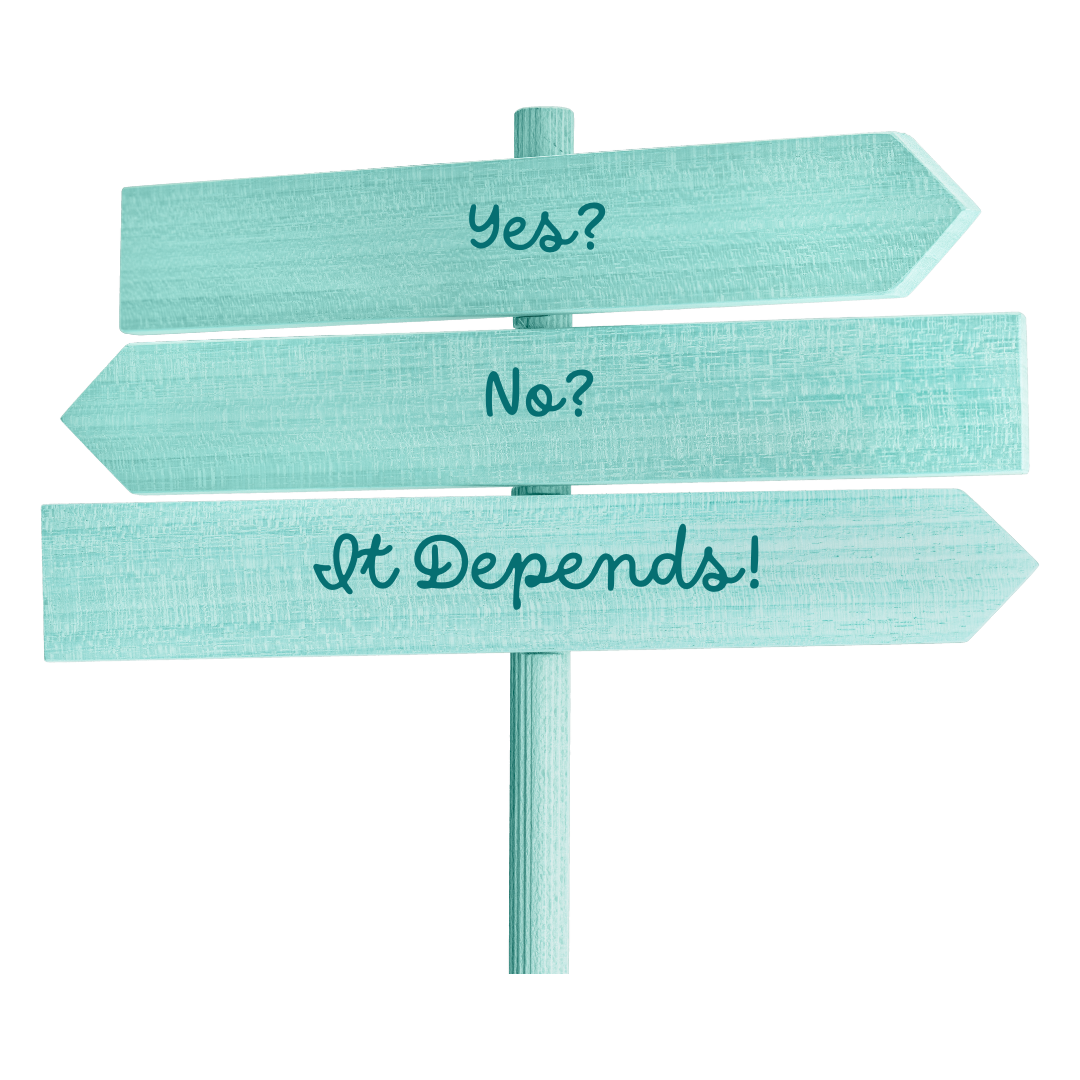This all started with a ski trip to Cypress Mountain. I was with friends, starving after a day of winter fun and went to get pizza. What I didn’t expect, was that while waiting for my cheesy, artery clogging pie of goodness, I’d come up with the perfect illustration to process optimization challenges, and the antidote to many of those woes. (if you missed that blog, you can catch up here).
Process optimization is all about understanding bottlenecks – but like everything– even bottlenecks aren’t one size fits all. Bottlenecks (or constraints to our system) vary in shapes and sizes. Some are fixed bottlenecks - such as the number of fire exits in an auditorium, or the space of a pizza shop. They might be chronic or temporary -like the line of customers waiting to place an order in said pizza shop that ebb sand flows based on the influx of people joining the line. It actually serves asa control on the number of customers placing orders. Walking into the pop-up and seeing a long line, we might decide to go for a walk first and come back later on in the hope that the line is shorter.
Key Bottleneck Archetypes
Physical or Process Bottlenecks
When a machine or a resource within the process chain is the limiting factor, we want a queue to build up before the bottleneck. In the pop-up pizza story, the pizza oven is a physical bottleneck. It's actually the limiting bottleneck which prevents any more than 8pizzas being baked at any one time. Therefore, we want to see a line of prepared pizzas ready to go so that the pizza oven is never under-utilized.
Inventory Bottlenecks
The result of a buildup of under-utilized resources, often left in the wake of overproduction or mismatches in demand. These represent queues of incomplete work that are waiting to be processed. At the pizza pop-up there is an inventory bottleneck built up before the pizza oven. This is a valuable bottleneck ensuring that whenever the pizza oven has an empty slot for a fresh pizza, there is a prepared pizza ready to go into the oven.
In most cases, inventory bottlenecks represent a problem. It could be that there are not enough people to pick up the work and get it done, causing waiting and possibly, quality issues down the line. A very common example in product delivery are queues between development and testing. Most delivery teams have more developers than testers which can mean developed work queues up waiting to be tested.
However, inventory bottlenecks provide a tool we can use to handle uncertainty in our processes. Toyota - the undisputed king of continuous process optimization - has famously modified its car manufacturing process to be as lean and efficient as possible. Yet, as a result of uncertainties in the supply chain, Toyota - in a recent HBR article - described how they reintroduced or extended inventory bottlenecks based on seasonal variations to optimize car delivery.
Supply Chain Bottlenecks
Supply chain bottlenecks have become a persistent issue, majorly attributable to unplanned or siloed operations and over-dependence on a single supplier. These bottlenecks trigger regular delays instead of occasional interruptions due to external factors like weather or traffic. For instance, think of what happened with the entire car industry when semiconductor manufacturers were impacted by Covid!
While it wasn’t an over-reliance on one manufacturer as can be the case, the car supply suffered by way of an over-reliance on one specific material, in this case, microchips. Covid, and the resulting shutdowns were a sudden adverse event, but the damage had been done. With new cars unable to be produced, the new car supply plummeted so used cars became a hot commodity and their prices, in some cases, exceeded the cost of a new car.
Managing supply chain bottlenecks can be done by diversifying suppliers and or possible raw materials or by integrating operations across the organization to mitigate the risk of silos.
The Bottleneck Butterfly Effect
While bottlenecks are generally bad, some bottlenecks can actually help us manage flow through our processes. Imagine we addressed such an intentional bottleneck by removing it - it would have detrimental ripple effects through the entire process chain, unsettling the balance instead of restoring it. What would result could be the equivalent expression of what would happen if you took away all traffic lights and merge lanes during peak traffic hours!
It is this very interconnectedness that suggests taking a systemic approach to process optimization. What seems an innocuous tweak in the delivery process can spark an inferno of disruption in the delivery timeline.
We at IncrementOne are experts in increasing operational efficiency and effectiveness through Lean, Agile and People focuses. We can both help you develop a nuanced strategy to process optimization, as well as implement it and work to enable a continuous improvement culture in your organization.
If you’re interested in understanding your bottlenecks or want help optimizing your system so that it delivers value to your customers without interruptions, let us know.
There’s no problem that we’re not happy to tackle.








